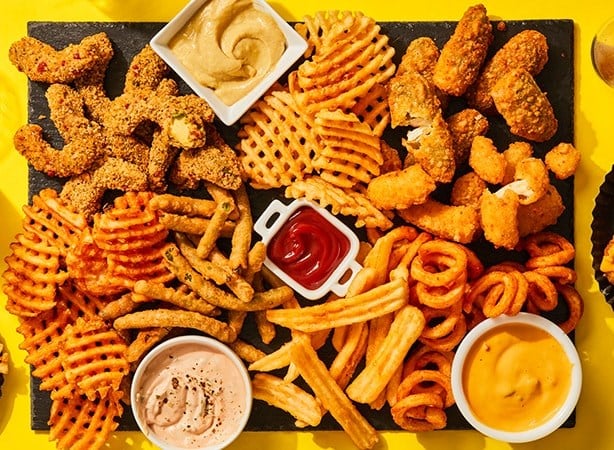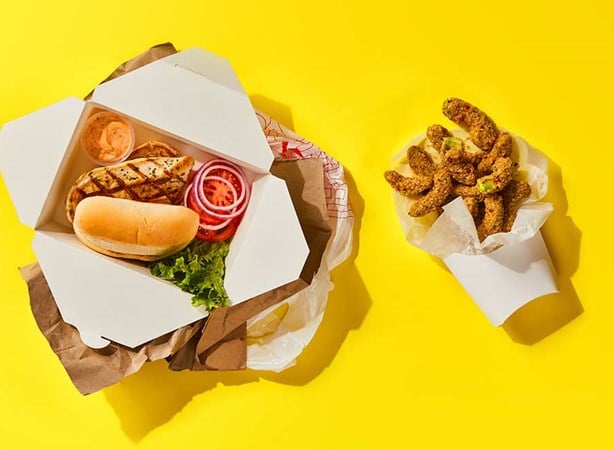
Article Courtesy of Winsight
2020 forced restaurants in all segments to adapt to new demands. From safety and sanitation regulations to a surging interest in off-premise eats, brands across the country—and even across the world—turned to new business models, updated technology and more to remain afloat.
Going forward, though, even as dining rooms reopen and life goes back to relative normalcy, restaurants will need to continue adapting their offerings and values to ensure consumers are satisfied and that their restaurants remain profitable. Here are some ways operators can do so.
Robust digital ordering options
It’s no secret or surprise that digital ordering surged amid the pandemic. But what may be surprising to some operators is the importance younger consumers place on it; in 2019, 45% of Gen Z and 47% of millennials said digital payment options were important, and those numbers rose to 58% and 64%, respectively, in 2020. Likewise, the importance of digital ordering capability grew—42% of Gen Z and 43% of millennials said it was important in 2019, and those numbers rose to 53% and 60% last year.
Operators who adopted or strengthened their digital presence in 2020, however, should not abandon those efforts once regular dining services return to pre-pandemic levels. By maintaining a strong online presence for digital orders, operators can ensure they’re still getting those off-premise dollars. Technomic’s 2020 Delivery and Takeout Consumer Trend Report finds that 38% of consumers say they will be ordering takeout and delivery more frequently post-pandemic than they did before it, so it pays to keep working at those capabilities.
Ghost kitchens and delivery-only restaurants
In an effort to reduce overhead costs while catering to the aforementioned increase in demand for off-premise orders, some operators have gone the ghost kitchen route. Ghost kitchens, sometimes referred to as “cloud kitchens” are delivery-only operations that cost significantly less to start up. They are sometimes operated out of the same kitchen as a full-service restaurant, under a different brand name but serving the same foods. Consumers are open to the concept; Technomic’s 2020 Delivery and Takeout Consumer Trend Report found that more than half of consumers said it would have no effect on their delivery order if the restaurant they were ordering from was a delivery-only kitchen, while 16% said it would actually make them order more frequently if they knew their food was coming from a ghost kitchen.
By reducing the costs required to run a restaurant while still providing diners with the foods they love, operators ensure their brands enjoy success without the stress of running full-service locations.
Adapting to economic realities in a post-pandemic landscape
Whether or not a restaurant brand opts to try out a ghost kitchen business model or expand its off-premise offerings, one thing is for sure—in the coming years, flexibility is going to be key. The pandemic taught the industry how to think quickly and strategize effectively, and this will prove beneficial as businesses reopen and welcome their customers back. To find out more about what consumers will be expecting when they patronize restaurants in 2021 and beyond, and how to rise to the occasion, visit www.mccainusafoodservice.com.

